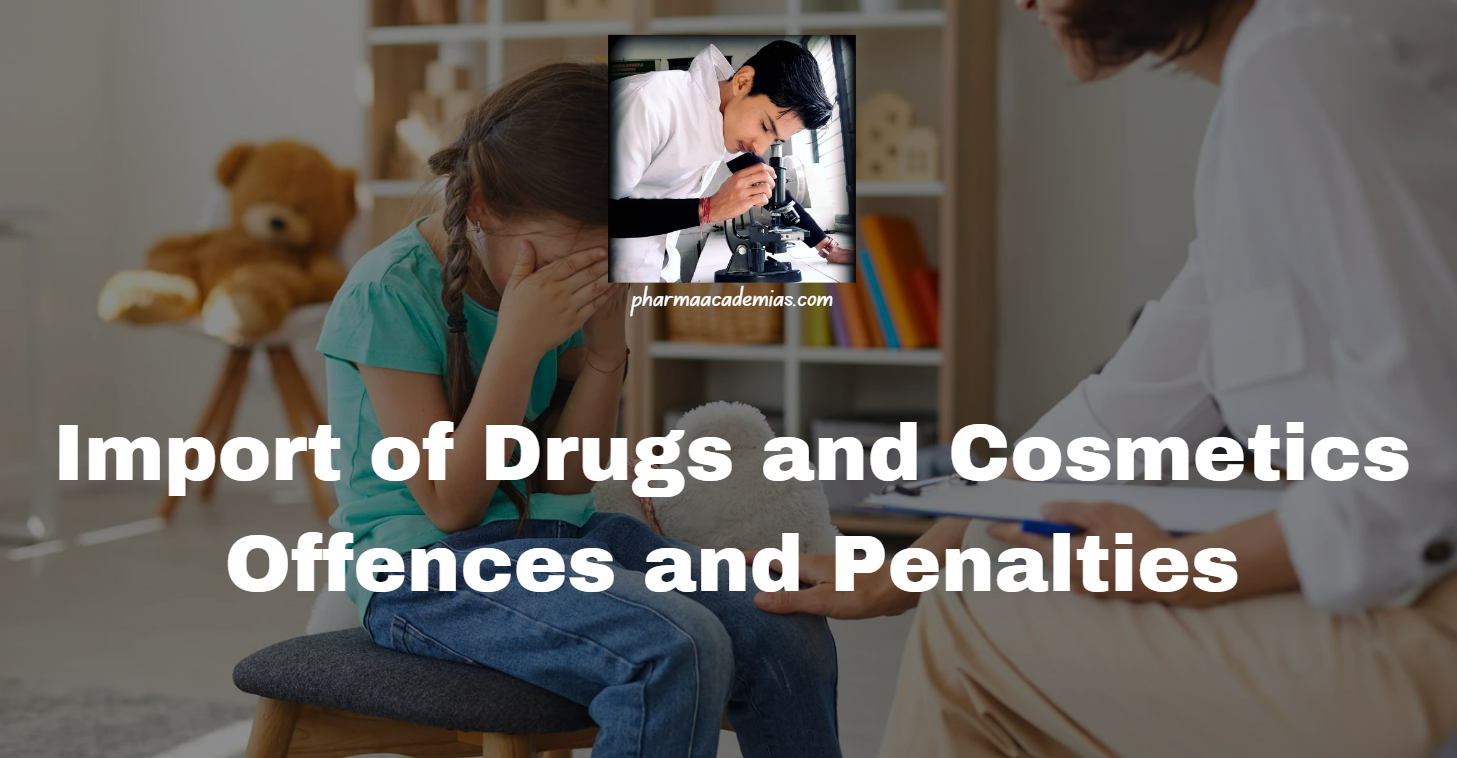Loan License and Repacking License
Introduction In the pharmaceutical industry, various types of licenses are issued to regulate the manufacturing, packaging, and distribution of drugs. Two such licenses are the loan license and the repacking license. These licenses cater to different aspects of drug production and distribution, ensuring that all activities comply with regulatory standards and are carried out in … Read more









